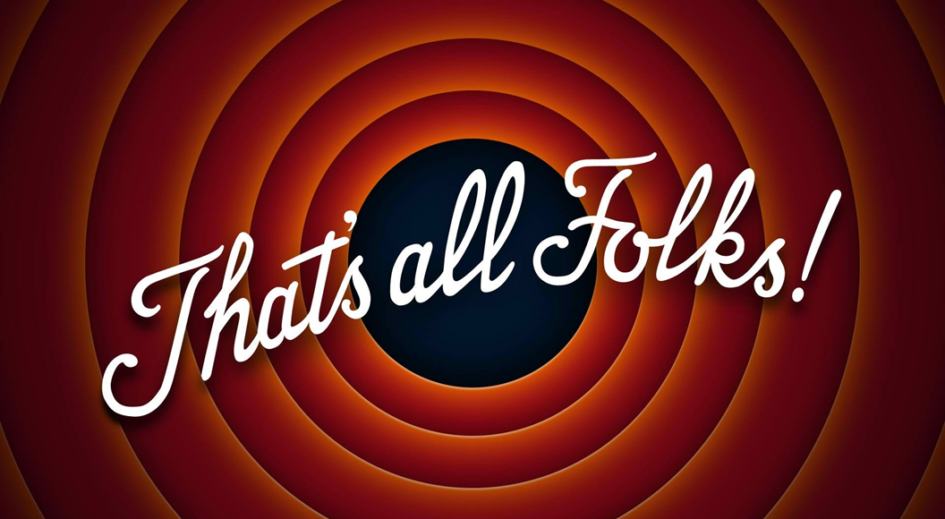[I probably should have crafted this series of posts better since this is the last in the 5-part series and it is all about the first thing you should do before creating your program/initiative. Hindsight is always 20/20 and foresight is so often blind.]
Designing the right incentive and reward initiative for your company is part art, part science. Some would say dark arts and weird science but it has some basis in facts and figures. Social science and psychology informs the program design to leverage how people make decisions and how they are influenced. In fact, the whole field exploded a few years back when behavioral economics went mainstream and “gamification” became the word of the day in employee programs. (I hear if you say gamification three times quickly in front of a mirror you turn into Luigi from the Nintendo game.)
But there is some truth to the idea of an equation for designing incentive and rewards programs. It’s not as complicated as matrix math or calculus but it is a great way to help frame your program needs and what you include and reward.
It’s Not Always About Rewards
The big AhA! most of my clients have when I work them to design the program is that I don’t really focus on rewards at first. They all think I’ll pull out some catalog of “prizes” as my starting point. Truthfully, rewards are a very small part of the overall design discussion. A VERY small part.
As I mentioned – I have a formula. It is how I begin every engagement with a client. The equation ensures I ask some foundational questions to be sure I’m actually solving the problem the client thinks they have. (Note: it rarely is.)
The equation I use for program design is:
Improved Performance = (What + How) x Why
Or you could write it as:
IP=W+H+W
Or:
f(x)=W1,H,W2
Or:
Performance = Motivation x (Skills, Knowledge, Ability) x Opportunity
Or really any other way that remotely looks like an equation – because it’s not REALLY math – more of mnemonic.
The Factors
Improving performance is a function of:
What
Does the person know what they are supposed to do? Did you communicate a goal? Did you tell them what you wanted? (I kid you not – some programs make it really hard to figure out the real goal.) This is all about communicating effectively, often and clearly. I’ll warn you – just when you think you’ve done a good job – do it again. You cannot overcommunicate what your expectations are.
How
Does the person possess the knowledge and skills to accomplish the goal you’ve communicated? Can they do the task? Do they know how to do what you’ve asked? Too often we provide great incentives to people to achieve goals they can’t hit because of their lack of knowledge of skill. In my industry we call that “energized incompetence.” Do they have the opportunity to succeed?
Why
Does the person have a reason to do it? I may be a skill carpenter and you may have clearly communicated you want me to build a table, but if I don’t have a reason to do it then what’s the point? The Why question is unfortunately where most people start – and finish – their program design, ignoring all the other important parts of the equation. No amount of communication and training will get someone to do something new or something different if they can’t find the reason to do it. Some call this the WIIFM – “what’s in it for me.” I simply call it the offer. You do this and you will earn that. Simple. As long as they value the offer and they know what to do and how to do it.
Easy peasey – lemon squeezy.
Put it all together it spells performance!
Simple Checklist
So, when designing a program the first step is this last step…
Define the goal (what you want to happen) and then ask…
- Does my audience know what I need them to do (spend some time and money on communicating with them)?
- Does my audience have the skills and ability to do what I ask (spend toms time and money on training and education)?
- Does my audience have a reason to do it (spend some money on compensation and rewards)?
It really is that simple to start.
Here’s another Aha! moment I get when I go through this process with clients. All too often – it’s not an incentive problem!
Most of the audiences we are targeting already have a reason (either intrinsic or extrinsic) to do the behaviors but are missing the What and the How components. Spend some time and energy there first and then see if you really, really need an incentive program.
You might not.
[Note: I just saved you a ton of money. (Ping me if you want to donate to me as a thank you!)]
The Next Step
If you’ve read all 5 of these posts – Thank You! You’re a trooper.
Now I’m going to combine them all and release it as a single PDF for download. I’ll post when that is ready.





1 Pingback